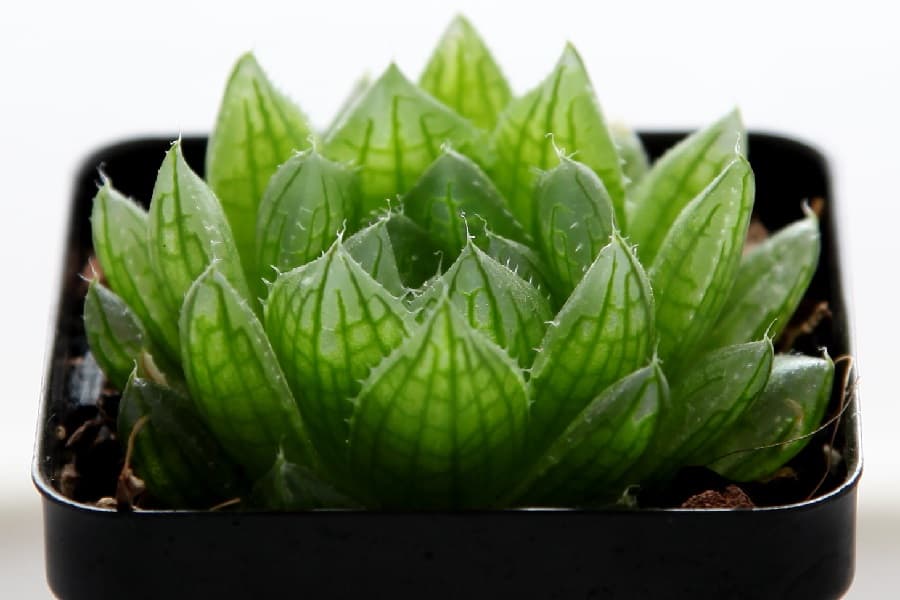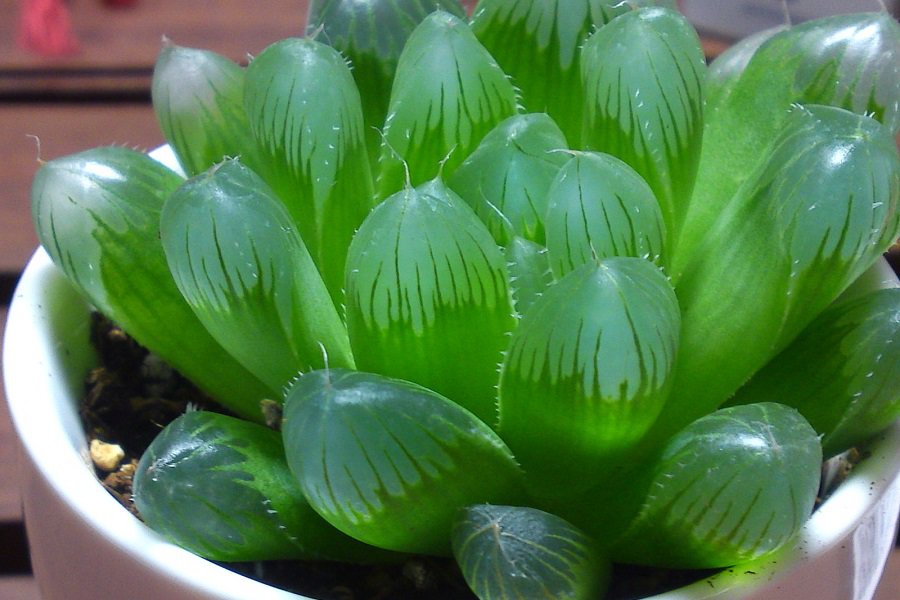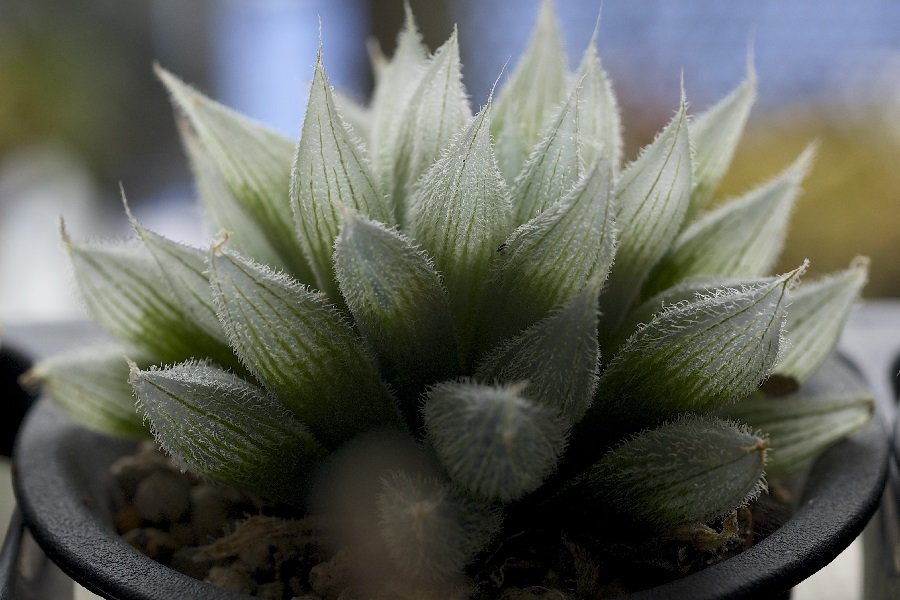Clear Succulent Plants: The Weirdest Plants You’ve Never Heard Of
Have you ever imagined plants that seem almost transparent, like they’re made of glass? Well, brace yourself because clear succulents are real, and they’re about to blow your mind! These fascinating plants, native to South Africa, boast soft, fleshy leaves that allow you to peer right through them. Let’s uncover seven captivating facts about these botanical wonders.
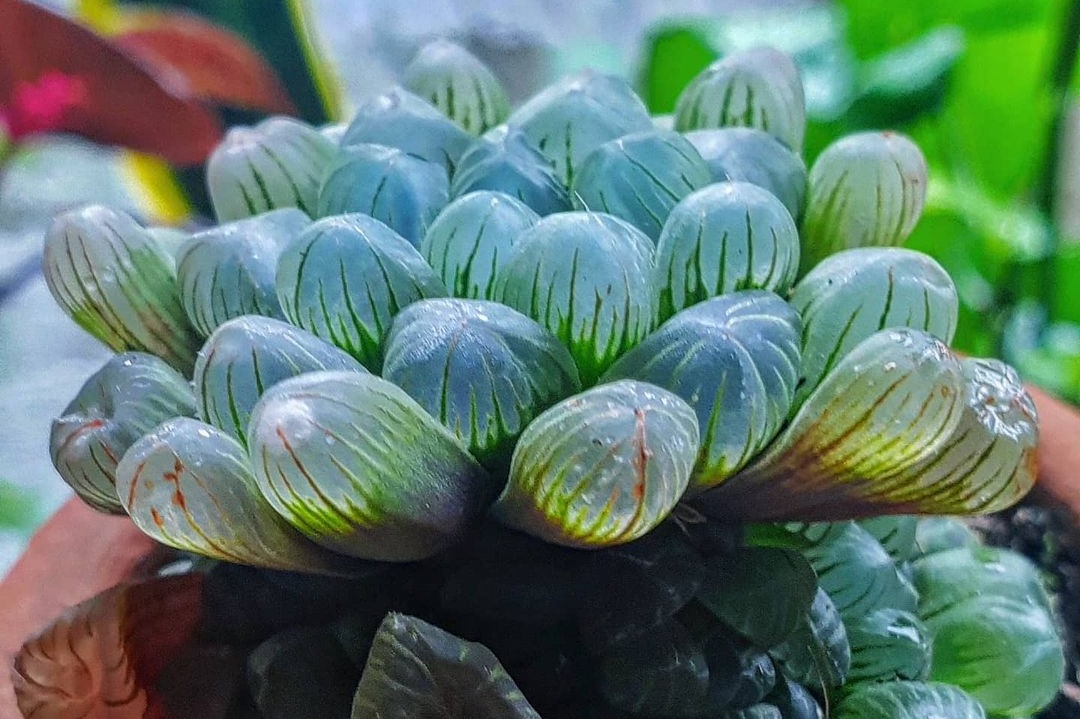
Contents
Fact #1: Stunning Appearances
Clear succulents grow in charming little rosette shapes, with their delicate leaves forming tight clusters. Although their growth is slow, each new leaf adds to their exotic allure. During spring and summer, these plants produce white flowers that can reach up to 12 inches tall, emerging from the main stem, which is also see-through!
Fact #2: Tiny but Mighty
Despite their diminutive size, typically reaching only 2 inches in height, these transparent succulents pack a punch of visual appeal. Their short stems can sprout leaves in various hues or streaks, and the leaves often cascade gracefully towards the soil.
Fact #3: Easy-Peasy Care
The clear succulent plants are low-maintenance gems, just like their aloe cousins. They thrive in bright, indirect sunlight, ideally getting 3-4 hours of sunshine daily from an east or west-facing window. Too much direct sun can cause their leaves to turn white or yellow, while not enough light will make them lose their vibrant green hue.
During the summer months, keep the soil lightly moist but never soggy. In winter, however, these succulents only need a monthly drink, and make sure no water pools around the rosette. For potted plants, use a well-draining succulent soil mix and avoid adding sand, as it can clog the pores and hinder drainage. Instead, mix in perlite, aquarium gravel, or pumice for optimal soil texture.
A light fertilizing during the summer growing season can give them a boost, but skip it in winter when they’re dormant. These plants are hardy in zones 9-11, thriving in warm summers around 40-50°F but susceptible to freezing injuries below or above that range.
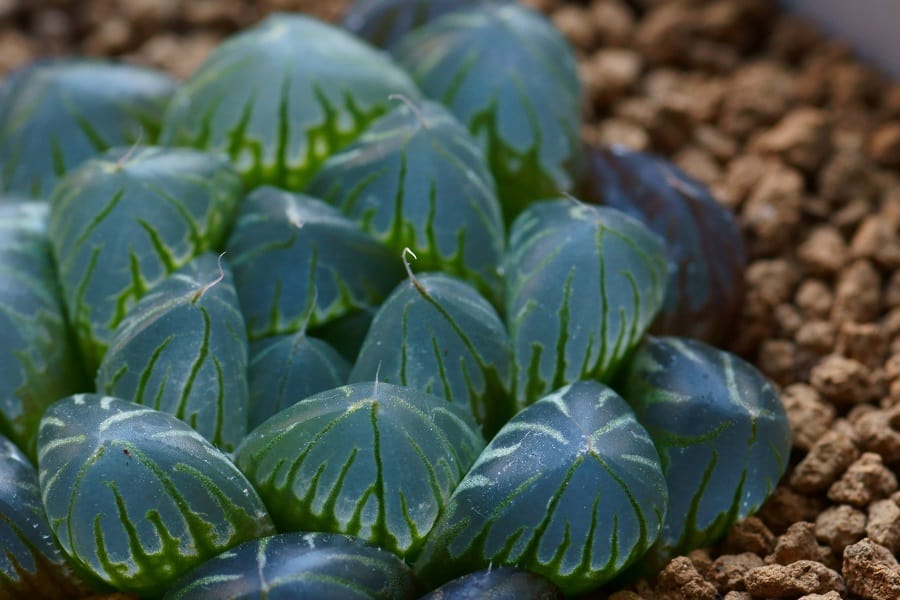
Fact #4: Propagation Prowess
These transparent succulents can be easily propagated from offsets, also known as “pups,” that form at the base of the parent plant. Simply remove the pups, allow them to callus over for 24 hours, and then plant them in a well-draining succulent mix. Water sparingly until roots and new growth appear.
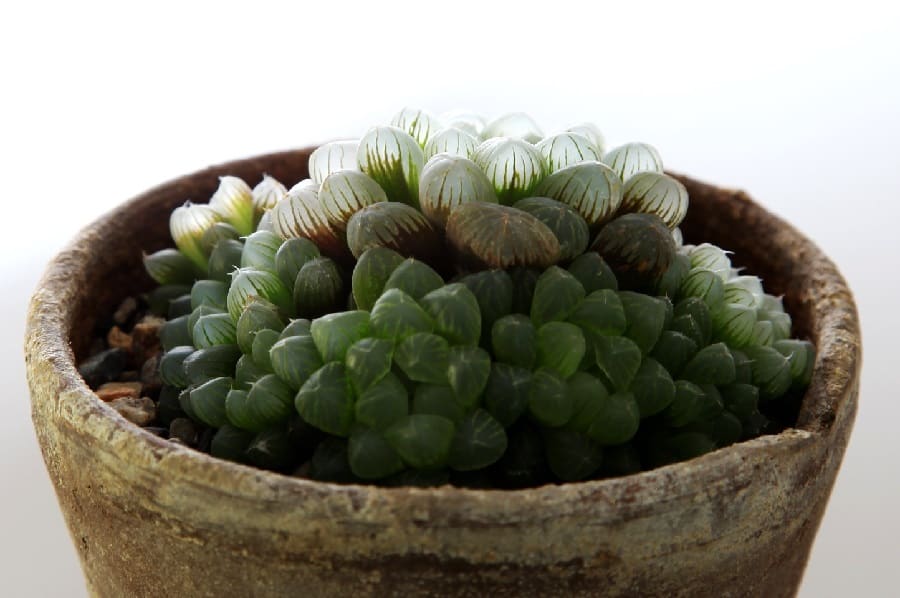
Fact #5: Safe for All
Haworthia cooperi plants, the scientific name for the translucent succulents, are non-toxic to people and pets, making them a worry-free choice for households with furry friends or little ones.
Fact #6: A Rose by Any Other Name
These captivating plants go by several enchanting monikers, including Cooper’s Haworthia, Bristle Haworthia, Window Haworthia, and Pussy Foot.
Read also:
20 Haworthia Types With Pictures
Fact #7: Variety is the Spice of Life
While all clear succulents are stunning, a few varieties stand out for their unique beauty. The H. Cooperi Picturata boasts large clusters of rounded yellow-green leaves with translucent tips. The H. Cooperi Truncata forms grape-like rosettes of blue-green windowed leaves. And the H. Cooperi Venusta, often called the prettiest of them all, features blue-green windowed leaves covered in soft bristles and white fuzz.
